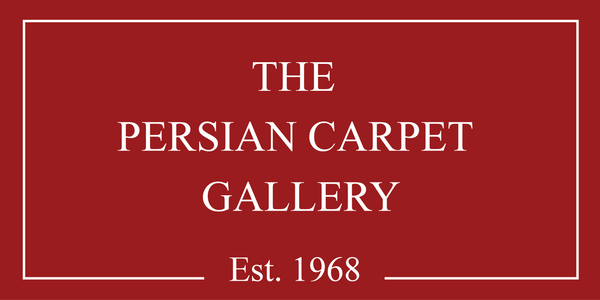Blogs
Kashan's 17th-Century Silk Kilim
The 17th-century Silk Kilim from Kashan is a remarkable Persian textile masterpiece, now housed in the Österreichisches Museum für angewandte Kunst (MAK), Vienna. Woven entirely from silk, this exquisite kilim showcases the exceptional craftsmanship of Kashan’s artisans during the Safavid dynasty. Its intricate design, resembling a Persian miniature painting, features delicate floral patterns, human figures, and winged motifs. As one of the finest examples of Persian flatweave art, this kilim highlights the rich heritage of kilim weaving, which predates knotted rugs. A true testament to Persian artistic excellence, it remains an invaluable historical artifact.
Silk Floral Safavid Carpet at the Österreichisches Museum für Angewandte Kunst (MAK), Vienna
The Silk Floral Carpet at the Österreichisches Museum für Angewandte Kunst (MAK) in Vienna is a stunning example of 17th-century Persian craftsmanship, likely originating from Kashan. This luxurious Polonaise carpet, woven with silk, silver, and gold threads, features an intricate central medallion, arabesques, floral motifs, and cloud-band patterns. With an impressive 266,800 knots per square meter, it exemplifies the artistic sophistication of the Safavid era. Once prized by European aristocrats, this masterpiece remains a significant symbol of Persian textile heritage and timeless elegance.


